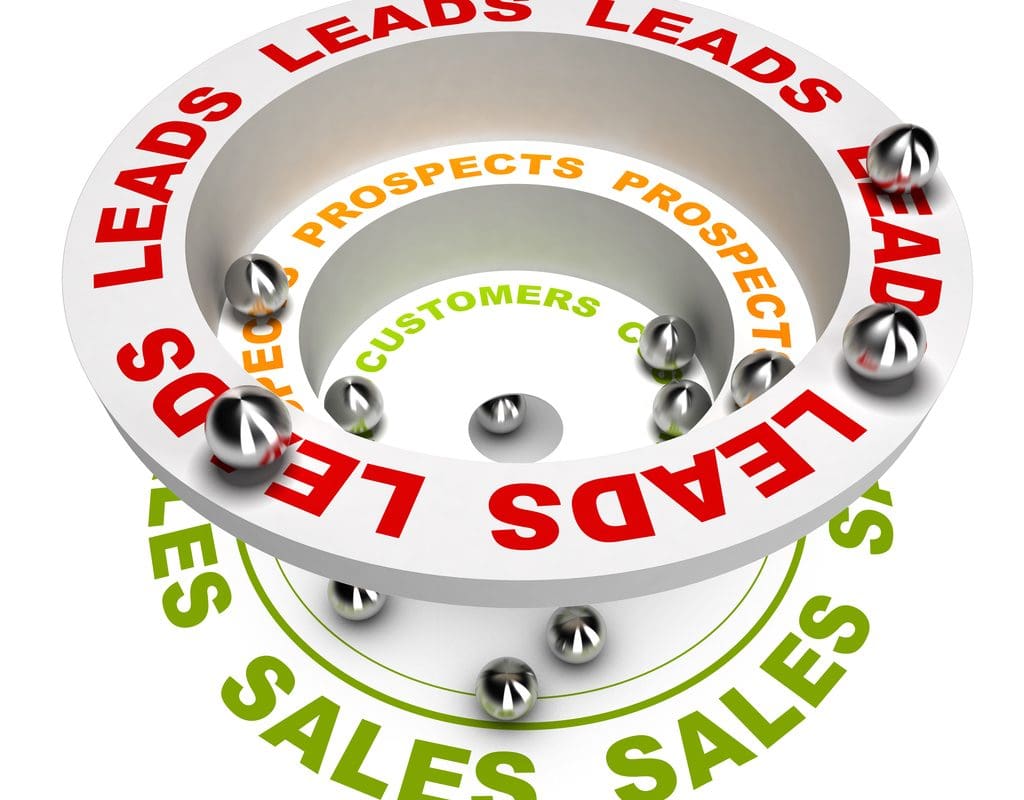
Why starting at the bottom of the ‘sales funnel’ is important
When we talk about the systems and processes of converting a potential customer into a sale or long-term relationship, we often refer to their journey through the sales funnel. This imagery makes their journey sound automatic – they go in one end and come out the other – but, of course, it is not this simple. What a funnel really does is guide the potential customers towards what you want them to do next, creating a clear path through your internal sales processes and systems.
What do you want to achieve?
This question comes up again and again in marketing and sales; however, it is often overlooked when we talk about our sales funnel and the customer journey. The end goal is implied – we want a sale – but what does this look like?
The problem with the funnel analogy is that the largest portion at the top appears to be the goal – we want to get our audience into the funnel. In reality, we want to move them through the funnel; in fact, it could be reasoned that everyone is already in the funnel.
Start at the bottom
For this reason, to improve the sales systems and processes, it is best to start with the point of sale. Start at the bottom and work your way back up to see the journey that has been taken to this end point. For online sales, this means the checkout page. It may sound counterintuitive, but think how many times you have gone to buy a product, encountered an issue at checkout, and simply gone to another page. Too many companies do not start at the bottom.
What made them go to the checkout?
Working backwards, you can use tools to track your customers’ journey through your system. Was there a final question that needed answering? Who answered it – a webpage or live chat host? If not, how did they find their product, did they look around your webpages before they clicked on their product, or did they know what they wanted before they came to the page?
Where does the engagement takes place?
Next, you need to keep working through their experience to look for where the engagement occurred. From this, you can see which campaigns or webpages are the most attractive and you can take learnings away. Clicking quickly through pages shows they did not find what they expected; therefore, these were false leads. Extended stays show engagement.
Use their journey to draw a new map
When you have examples of how and where customers were engaged and the journey they took through the funnel towards the checkout, you can simplify the process for others. Making your content specific helps to avoid the irritation of false leads, while making the next steps in the journey intuitive helps to create natural way-finding behaviour in your customers.
Only once you have created a journey through the funnel should you begin to look for new potential customers to populate the mouth of the funnel. Your webpage analysis can also help you to determine your most effective landing pages.